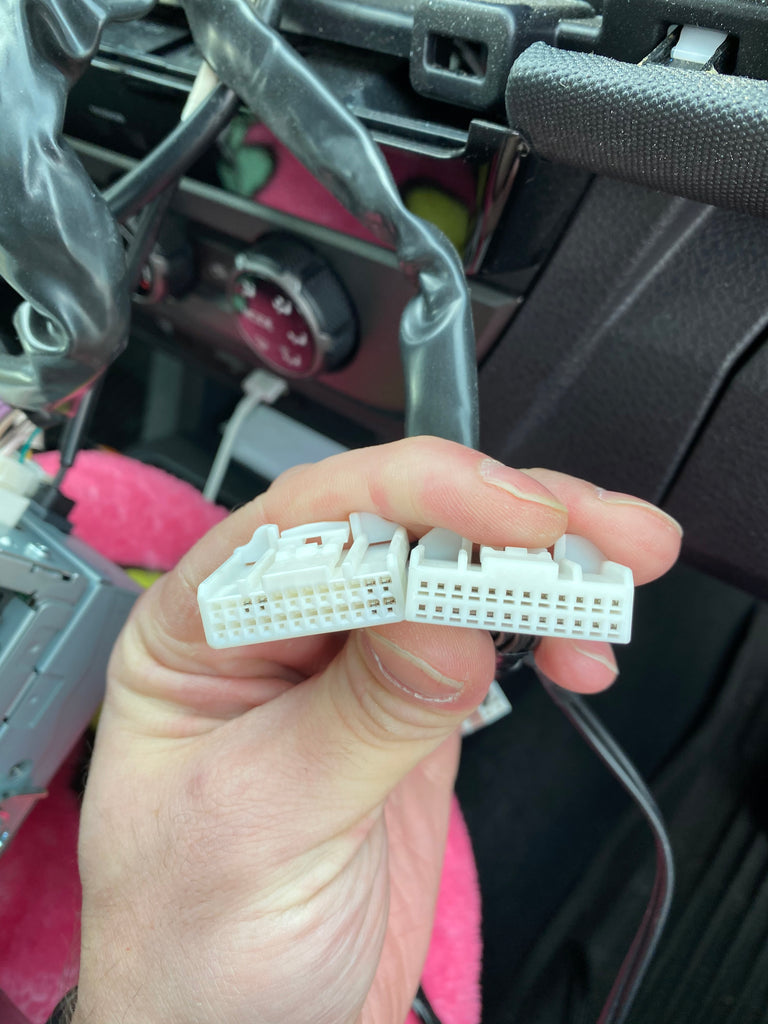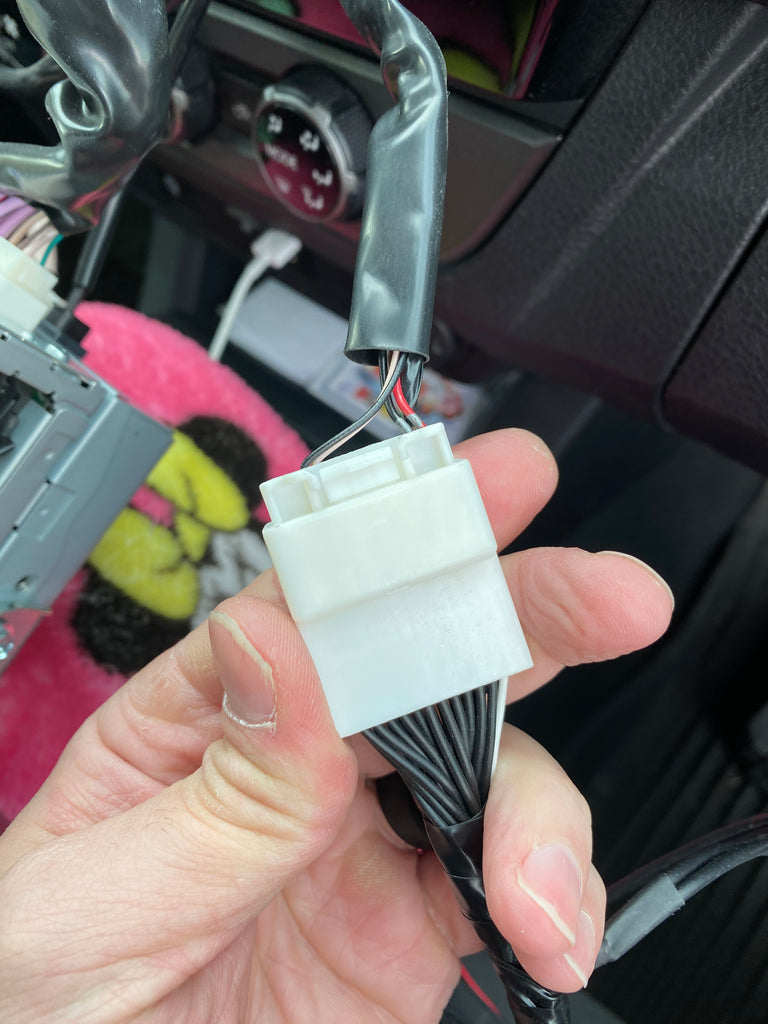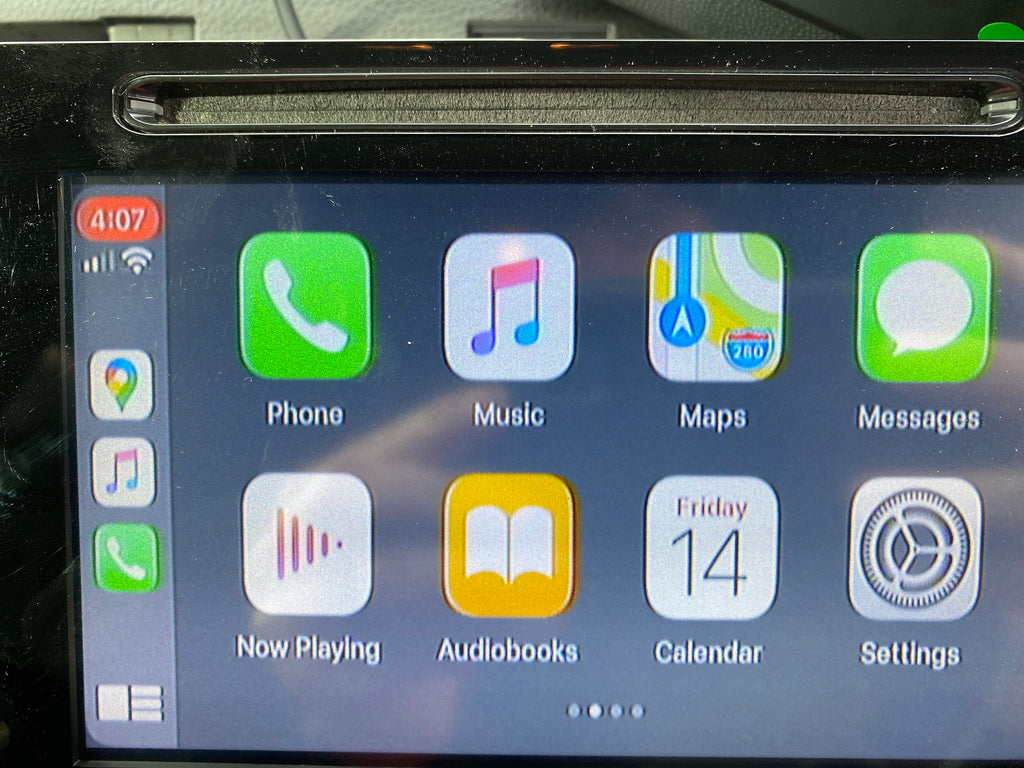The Ultimate Guide To Toyota Tacoma Sport Racks
If you’re looking for a Toyota Tacoma or already have one, you probably want something that can haul stuff, pull stuff, carry stuff, and something that can do all that on any terrain with ease. Tacomas not only do that, but they look good while they do it. While they are great from the factory, sometimes you just might need to beef it up with some awesome accessories, some that would include extra cargo space, and that is where sports racks come in.
What Is A Tacoma Sport Rack?
A sports rack is a type of rack designed to mount on your vehicle to allow extra storage or mounting space. They can mount to your roof, bed, hitch, and come in a wide array of shapes, sizes, and heights. So many options! Which is right for you? Let’s find out.
Different Types of Sports Racks For Tacoma
- Roof Rack - A roof rack mounts to the roof/cab of your truck. It usually is just the length of your cab and holds little weight.
- Bed Rack - A bed rack mounts to the side walls or inner rails of your bed and can match the height of your cab, extend slightly above to make use of the roof of the cab, or lay just above the height of the bed. In some cases, bed racks can have an extension that hangs over the cab/roof, but they generally don’t mount to the roof.
- Hitch Rack - A hitch rack mounts to the hitch of your truck. They are great for low storage and can fold out of the way when not in use. These are also your most common rack for bicycle transportation.
- Tailgate Rack - These either drape over your tailgate or replace it completely (generally converting your drop open tailgate to a side swinging one). The drape-over one is common for bike transportation, while the tailgate replacement is for those serious overlanders.
- Headache Rack - These mount directly behind the cab to the bed. They are mostly used for protecting the rear window from an oversized load in the bed, but can also be used to hang gear from and mount light bars to.
How To Mount Sport Racks On a Tacoma
With so many different brands and types of rack, mounting is really up to what the manufacturer states. There are some generalities, so let’s focus on that. Toyota is pretty great when it comes to aftermarket friendliness. They expect people to modify their trucks and have some factory options that prep for. That lends well to roof racks. Back in the day, if you wanted a roof rack, you had to drill into your roof to bolt it in. Third generation Tacomas have them already drilled for you. Put the bolts in for your rack, and you’re good to go!
Bed racks generally make use of the mounting locations in the bed. Simply slide the feet into the anchor points, bolt down where necessary, and you’re good to go. For this reason, bed racks are great for weekend use. While perhaps not the easiest to take on and off by yourself if they are full-sized and tall, they are easy in terms of simplistic installation and removal (no holes or drilling). Headache racks mount the same way, but only right behind the cab.

Tailgates racks are not super common, but they generally either drape over your tailgate and have a couple mounting points or velcro, or they replace the entire tailgate. That can lead to a variety of different ways to install it.
Hitch racks mount directly to your hitch. They are easy to take on and off and great for your weekend camping trips. They generally don’t hold excessive amounts of weight, but bikes and coolers are no problem!
How Much Weight Can a Sport Rack Hold?
How much weight one of these can take depends mostly on where it is located on your truck. Generally speaking, if it’s attached directly to your cab/roof only, the weight limit is about 100 pounds, and that number comes from Toyota. Something that is attached to your bed depends on the manufacturer's specifications, but they can be around 800 pounds. A hitch rack can hold around 300 to 750 pounds. It all depends on what the manufacturer says.
Tacoma Sport Rack Uses
Since a roof rack can only hold about 100 pounds, you’re limited to what you can put on there. While that may seem like a high number to the common folk, you can quickly surpass that if you’re not careful. A typical canoe is going to weigh around 65 pounds, so if you strap it down well, you’ll be good there! A few backpacks worth of camping gear would be great, though I would recommend putting them in a cargo shell (keep in mind the weight of that as well).
One of the best uses would actually be a light bar! Without a roof rack, you probably will have to drill into your roof to add a light bar. That’s going to drop your truck’s value for anyone who doesn’t want that light bar, or if you take it off and keep all the lumens to yourself. Most people are not going to take a roof rack off when they sell, so attaching a light bar to that will be sturdy, yet temporary.
It’s also a great place to mount a full-sized spare tire. It’s out of the way, and easy to access if you’re off-roading.
Specialty Sports Racks
If you use your truck to transport your special gear to and from home to your destination, you might find a benefit to having a specialty sports rack. These are designed specifically to hold your skis or snowboard, kayaks, paddleboards and surfboards, and more. If you need an extra “bed,” you can get what’s known as a basket. It’s exactly what it sounds like: a large metal basket that is perfect for throwing stuff in and strapping it down. The good thing about all of these is that they are usually universal and attach to an existing roof rack or another system.
Sport Rack Options
As always, here are some options that are popular on the forums and Facebook groups. Since I listed a bunch of different types, here’s a good option for each category.
OEM is probably your best way to go for a roof rack. Being OEM, the value of the truck won’t hurt, if not go up. They will work, look good, and fit. You can find an OEM Toyota Tacoma roof rack on Amazon for about $300.

Since hitch racks are more universal, a lot of companies make them, but one that comes up a lot is the Swagman Current Hitch Mount. For around $400, you can get a quality rack for your hitch. You can check it out here.

While only the height of your bed, bed racks by KB Voodoo Fabrications come up over and over again on the forums as a great option for your truck for around $200, and allow you some serious mounting options with a minimalist approach.
Tailgate racks are not very common but RaceFace makes one that you can find on Amazon for around $100. This is what I use for hauling around our mountain bikes. It's quick and easy to use and I highly recommend it! You can check it out here.

A good headache rack comes from Magnum Truck Racks. From around $500 - 700, they have options with window cutouts, lights, and more.

Image Credits
Roof Rack by Toyota - Courtesy of Genuine Toyota on Amazon
Hitch Rack by 1UP - Courtesy of The Loam Wolf
Bed Rack by KB Voodoo - Courtesy of KB Voodoo Fabrications
Tailgate Rack by RaceFace - Courtesy of TacomaWorld user ÜberToyota
Headache Rack by Magnum - Courtesy of TacomaWorld user Whiteknight15
* Please note that some of these links are Amazon affiliate links and we make a small commission if you purchase the product.







































